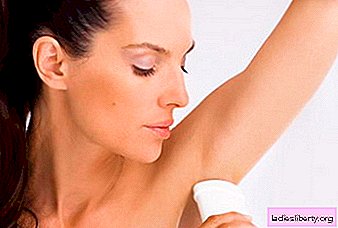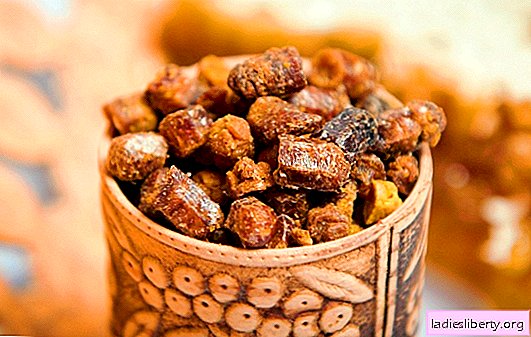
Hyperhidrosis or as is customary in medical practice - profuse sweating does not depend on various physical factors, which include overheating, increased motor activity, high ambient temperature, etc., since sweating is a physiological process of secretion of watery secretions by sweat glands, which occurs in the human body constantly. Protecting the body from hyperthermia or overheating and helping maintain homeostasis by evaporating sweat from the skin, thereby cooling the surface of the body and lowering its temperature.
Hyperhidrosis - symptoms (signs)
Hyperhidrosis, as a violation is expressed in an excessive intensification of the sweating process, as well as in a change in the smell of sweat, which becomes fetid. Profuse sweating can be general, in which the process occurs on the entire surface of the human body and is accompanied by functional disorders of the endocrine, nervous systems and a number of infectious diseases and local hyperhidrosis, in which sweating is expressed in local parts of the body - palms, soles, in the axillary regions, in the elbow and knee bends, due to a slightly increased excitability of the entire nervous system.
Often, hyperhidrosis causes people very serious discomfort, having a negative impact on the quality of their life and forcing them to be in constant nervous tension. Even more provoking sweating and, as a result, creating an almost vicious circle.
Hyperhidrosis - the causes of the disease
The process of sweating is a natural mechanism that helps to cool the body and remove excess fluid, decay products, toxic substances and water-salt metabolism. The largest sweat glands are located on the palms of the hands, soles of the feet and in the armpits. According to the chemical composition, sweat approximately 98-99% consists of water with various impurities of salts - phosphates, chlorides, potassium and sodium sulfates, as well as other organic substances. The concentration of which in secret is not the same for all people, and therefore the smell of sweat inherent in people is individual. The secretion of the sebaceous glands and bacteria located on the skin are mixed with the composition of sweat.
Hyperhidrosis is another symptom of somatic, neuropsychic diseases or a consequence of non-observance of ordinary personal hygiene rules. Clinically, it is distinguished into primary and secondary.
Primary hyperhidrosis mainly occurs during puberty in one percent of people. Secondary is a consequence of somatic, endocrine or neurological diseases. Identification of factors which determines the further treatment. During which, first of all, it is necessary to exclude endocrine, tumor and infectious diseases. The regulation of sweating is provided by the autonomic nervous system, which is responsible for blood circulation, metabolism, excretion and reproduction.
It is divided into parasympathetic and sympathetic - regulating the processes of sweating. With hyperhidrosis, its normal functioning changes, which entails disruption of the sweat glands, and therefore, with the slightest excitement, the body immediately becomes covered with sweat.
Hyperhidrosis - treatment methods
The main method of struggle is the careful observance of personal hygiene - take a shower daily, make baths for the feet and hands, and wipe them. Use deodorants to eliminate sweat odor.
It is not recommended to wear clothes, underwear and socks made of synthetic fabrics. Change underwear as often as possible. It is necessary to exclude or limit in the diet spicy, too hot food, nicotine, alcohol, coffee.
If profuse sweating is not a symptom of the underlying disease, then the following are used in the treatment:
* drug therapy;
* physiotherapeutic methods;
* antiperspirants;
* psychotherapeutic methods.
Surgical methods of healing represent a certain risk, which is worth resorting to only after conservative treatment if it proves to be ineffective.











